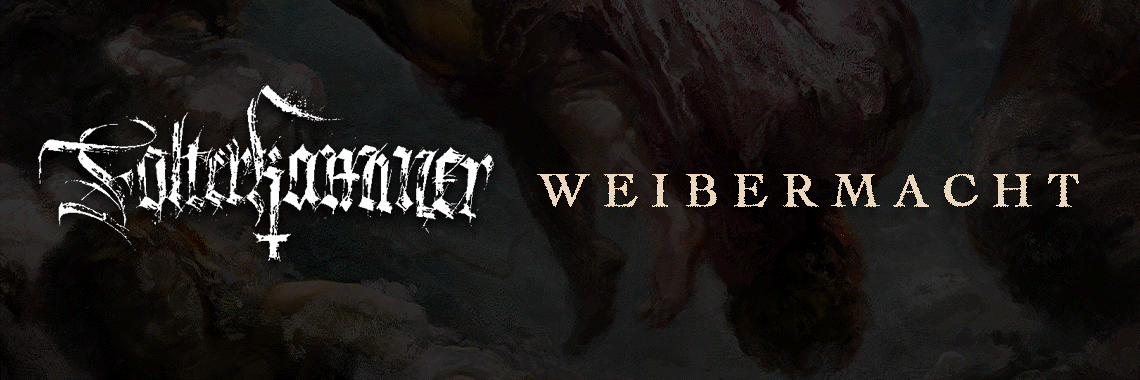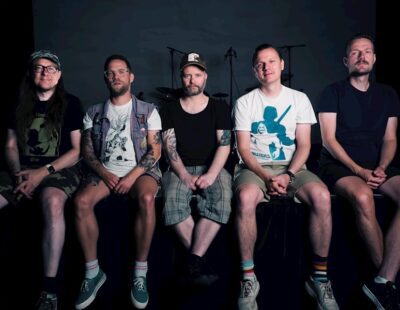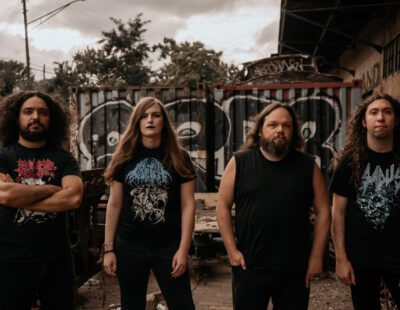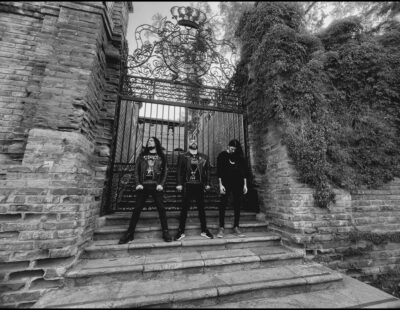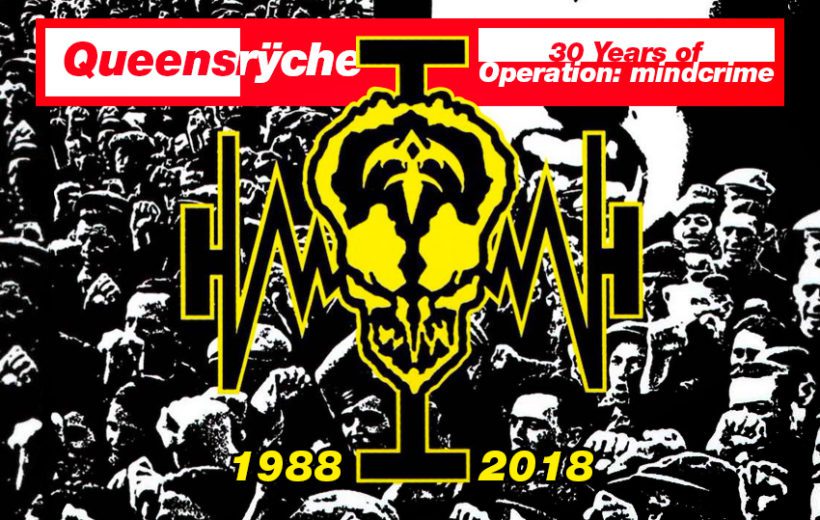
Queensrÿche‘s third studio album, Operation: Mindcrime, was released on this day in 1988, telling the story of a disenchanted drug addict who finds himself as part of a revolutionary group. It has rightfully earned numerous accolades in the three decades since its release, including a Decibel Hall of Fame induction. To acknowledge 30 years of Operation: Mindcrime, you can read an excerpt on the making of the album now. For the complete story, acquire a copy of The Decibel Hall of Fame Anthology: Vol. II for the making of this album and 24 other classic extreme metal records.
Scott Rockenfield: We had done the Rage for Order album prior to that, in 1986, and we had this tune we had written for that album called “Rage for Order,” which never became part of that record. It was never completed, but it had this really great intro, which was basically “Anarchy-X,” that military marching thing at the beginning of Mindcrime. When we got done with the Rage for Order tour and started talking about “What are we gonna do next?” we thought we’d dig in and make a concept record. We seemed to like that, dealing in themes and concepts—that was a big part of our career back then. And that bit of music was already around, and we started toying with it and experimenting with what that was, and it started to move in a direction where it became the beginning of the record. Lyrically, well, Geoff was living up in the Montreal area at the time, and he was experiencing a lot of great things that were going on in that city, and the nightlife, and some of the characters for the record originated as part of his experience up there. Sister Mary was based on a person he had seen hanging around in nightclubs. Just a spaced-out person dressed in a nun outfit. Kind of a trip. Weird things like that spawned Geoff into coming back home and going, “I’ve got some great stories; I’ve seen so many weird things.” And at the time politics was in that whole Reagan era, revolt and revolution and all this stuff was in the air. Geoff was brainstorming, and he would spit ideas to us and we would chew on them and go, “OK, what do we do musically to support that, so it’s all cohesive?” We started writing music to represent all that, and over the months it started to make its way into this funnel, which became the end product of Operation: Mindcrime.
Chris Degarmo: After the [Queensrÿche] EP, we got more into a fanatic-based writing approach. I mean, although they were not as cohesive as Mindcrime, The Warning and Rage for Order were records that tended to work off pockets of themes. We had the experience of a couple records, exploring what type of dynamics represented not only the flow of the record throughout, but what kind of atmosphere was surrounding a particular statement. And Geoff got on this roll with the idea of Operation: Mindcrime. I remember after a conversation about that and seeing where it was going, I got on board. He took most of the lyric ball, but I think perhaps “The Mission” and something else in addition, I did lyrics here and there, but he had a nicely fleshed-out idea. Then the plan was to get the music to click and flow and support that story. Like with the opening of Mindcrime, with “Anarchy-X” into “Revolution Calling,” the whole feel with the military snare. But more importantly, we wanted to try and pull all that off with good songs.
Michael Wilton: Geoff came up with the idea while he was living in Quebec. He pitched it to us and the management, and the seed was sown. It was integrated into a storyline and we immediately dived into it and started writing music that fit the storyline.

